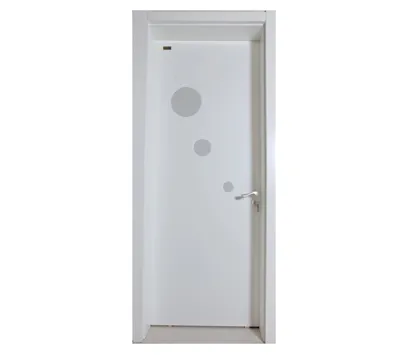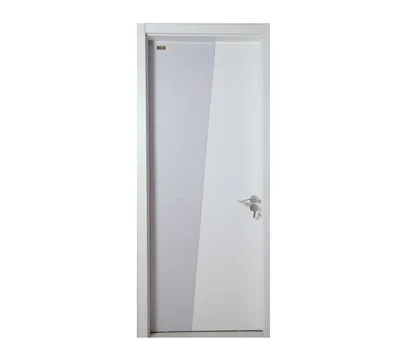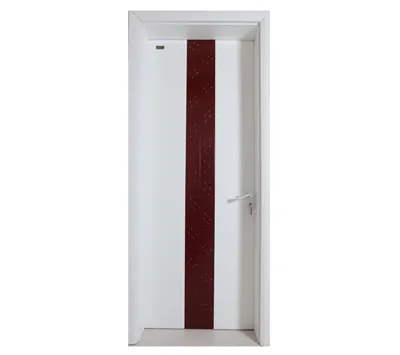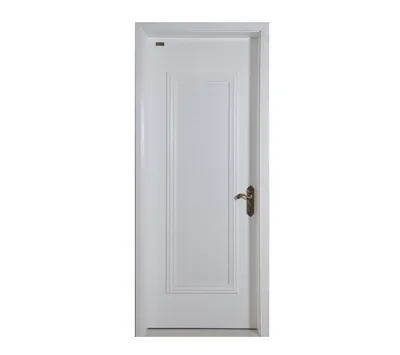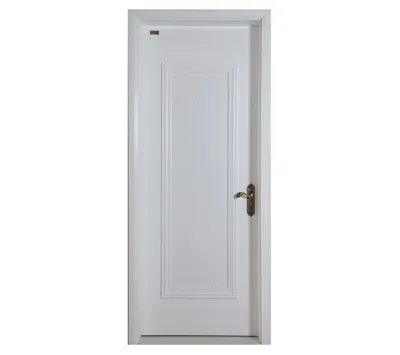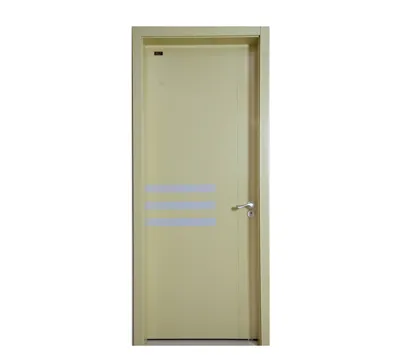
Eco-door is built upon a foundation centered around nature, utilizing natural conditions and artificial means to create a product that is conducive to living, **, and healthy. "Eco-door" is a concept derived from "ecological home furnishing". The key to ecological home furnishing lies in environmental protection and health, which surpasses the standards of "green home furnishing". It not only has hardware requirements but also humanistic needs, emphasizing harmonious coexistence between humans and nature. "Eco-door" should be an element of "ecological home furnishing". In this sense, eco-door should emphasize ecology and the harmony between humans and nature, and should be a humanistic product. Eco-door should have more social connotations than the commonly seen solid wood doors and composite doors.
What is an eco-door? Most people believe that an eco-door is defined as "a product that is built primarily on a natural basis, utilizing natural conditions and artificial means to create a living environment that is clean, healthy, and conducive to living." However, this definition is quite one-sided and does not provide a clear definition. If we want to give a scientific definition of an eco-door, it would be "an eco-door is a healthy, green product made from recyclable materials, which not only reduces the harm of the product to the human body but also reduces human damage to the environment." This definition not only reveals the difference between eco-doors and traditional wooden doors, namely the usability of materials, but also outlines the advantages and functions of eco-doors, making it more scientific and rigorous.
Maintenance:
1. Prevent indoor doors from being immersed in water for extended periods, especially the lower end of the door jamb panel. Regarding moisture resistance, many manufacturers have produced finished indoor doors that perform well, with significant improvements in waterproof performance. For instance, many manufacturers have added moisture-resistant boards, providing a further effective solution to the moisture problem of indoor doors. Consequently, the bottom of kitchen and bathroom door jambs no longer have to worry about water accumulation.
2. Maintain the surface cleanliness of the eco-friendly interior doors. You can perform surface cleaning once a month, which can permanently keep the entire set of doors as glossy and bright as new.
3. Prevent forcefully bumping the door frame and door leaf surface.
4. Protection of leather doors: Clean the leather surface with **leather cleaning solution (such as Pledge) and then lightly spray it with **brightener. Remember to avoid water and contact with acids and alkalis to prevent damage to the leather surface.
Internal structure:
The core board material inside the eco-door is made of imported bridge-hole mechanical boards, which meet the internationally recognized European E0 standard for formaldehyde emission. Additionally, due to the unique structural characteristics of bridge-hole mechanical boards, eco-door products utilizing them exhibit significant improvements in sound insulation, thermal insulation, resistance to external forces, and self-weight.
The door structure of the eco-door is manufactured using integral die-casting, achieving seamless, sealed, and soundproof effects. As for the door surface materials, different materials are used, including imported metal plates, polymer organic boards, imported decorative panels, and leather. Regardless of the panel, the most important point is that it has no environmental pollution and strives for environmental protection.
If you want to learn more about eco-doors and wood-plastic doors, please feel free to inquire.

Eco-door is built upon a foundation centered around nature, utilizing natural conditions and artificial means to create a product that is conducive to living, **, and healthy. "Eco-door" is a concept derived from "ecological home furnishing". The key to ecological home furnishing lies in environmental protection and health, which surpasses the standards of "green home furnishing". It not only has hardware requirements but also humanistic needs, emphasizing harmonious coexistence between humans and nature. "Eco-door" should be an element of "ecological home furnishing". In this sense, eco-door should emphasize ecology and the harmony between humans and nature, and should be a humanistic product. Eco-door should have more social connotations than the commonly seen solid wood doors and composite doors.
What is an eco-door? Most people believe that an eco-door is defined as "a product that is built primarily on a natural basis, utilizing natural conditions and artificial means to create a living environment that is clean, healthy, and conducive to living." However, this definition is quite one-sided and does not provide a clear definition. If we want to give a scientific definition of an eco-door, it would be "an eco-door is a healthy, green product made from recyclable materials, which not only reduces the harm of the product to the human body but also reduces human damage to the environment." This definition not only reveals the difference between eco-doors and traditional wooden doors, namely the usability of materials, but also outlines the advantages and functions of eco-doors, making it more scientific and rigorous.
Maintenance:
1. Prevent indoor doors from being immersed in water for extended periods, especially the lower end of the door jamb panel. Regarding moisture resistance, many manufacturers have produced finished indoor doors that perform well, with significant improvements in waterproof performance. For instance, many manufacturers have added moisture-resistant boards, providing a further effective solution to the moisture problem of indoor doors. Consequently, the bottom of kitchen and bathroom door jambs no longer have to worry about water accumulation.
2. Maintain the surface cleanliness of the eco-friendly interior doors. You can perform surface cleaning once a month, which can permanently keep the entire set of doors as glossy and bright as new.
3. Prevent forcefully bumping the door frame and door leaf surface.
4. Protection of leather doors: Clean the leather surface with **leather cleaning solution (such as Pledge) and then lightly spray it with **brightener. Remember to avoid water and contact with acids and alkalis to prevent damage to the leather surface.
Internal structure:
The core board material inside the eco-door is made of imported bridge-hole mechanical boards, which meet the internationally recognized European E0 standard for formaldehyde emission. Additionally, due to the unique structural characteristics of bridge-hole mechanical boards, eco-door products utilizing them exhibit significant improvements in sound insulation, thermal insulation, resistance to external forces, and self-weight.
The door structure of the eco-door is manufactured using integral die-casting, achieving seamless, sealed, and soundproof effects. As for the door surface materials, different materials are used, including imported metal plates, polymer organic boards, imported decorative panels, and leather. Regardless of the panel, the most important point is that it has no environmental pollution and strives for environmental protection.
If you want to learn more about eco-doors and wood-plastic doors, please feel free to inquire.
